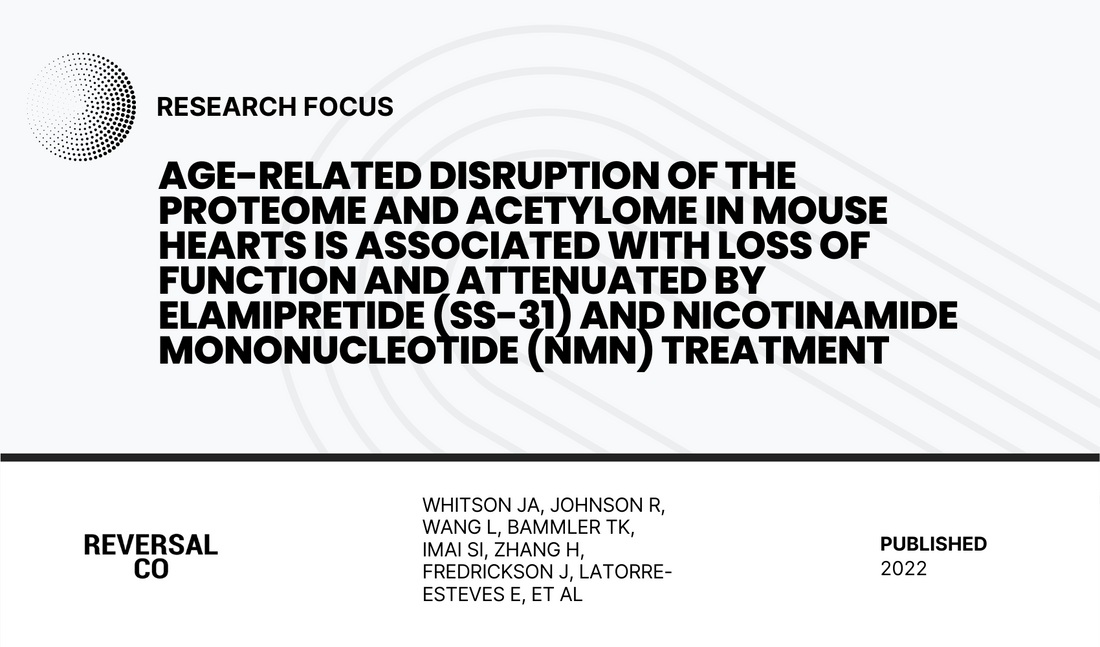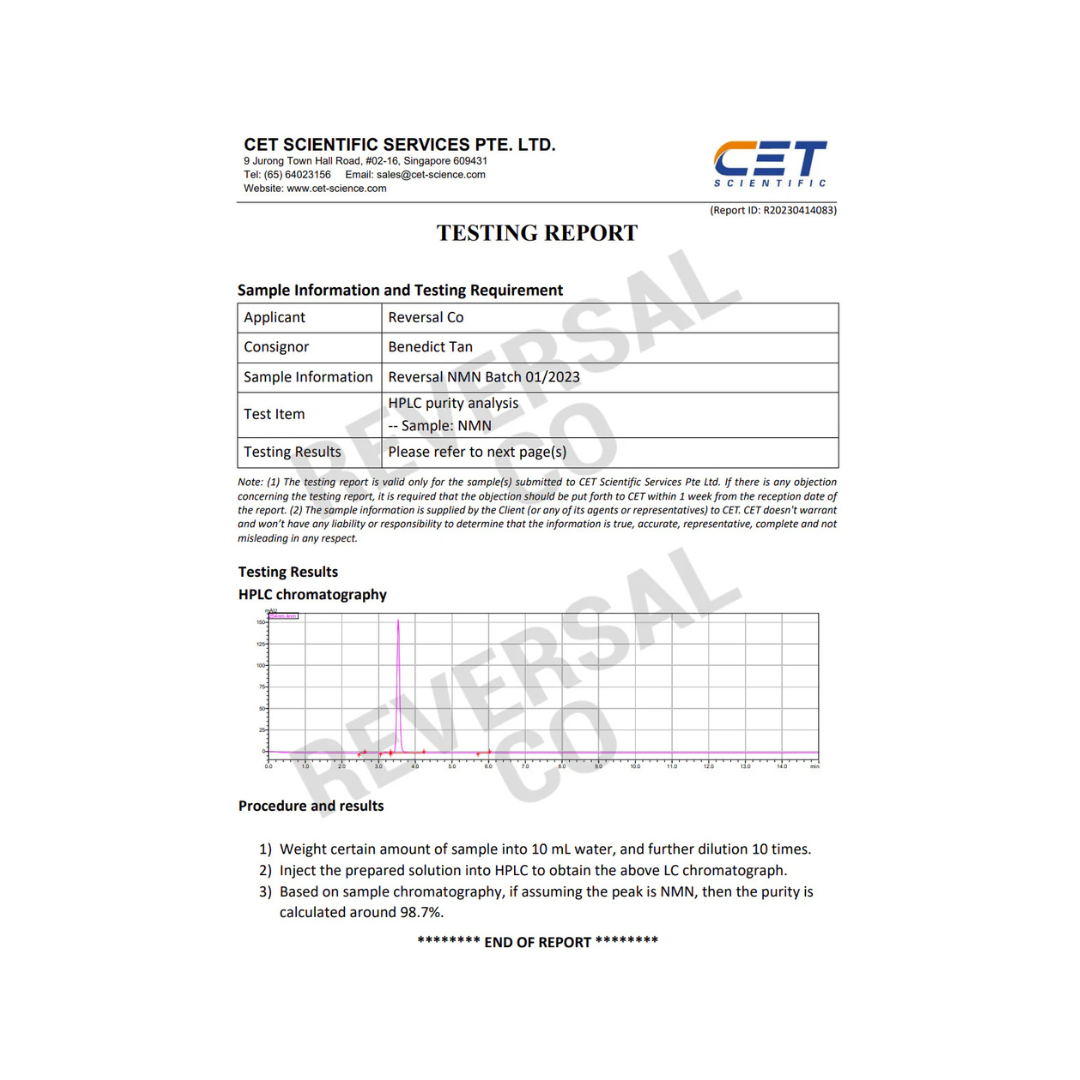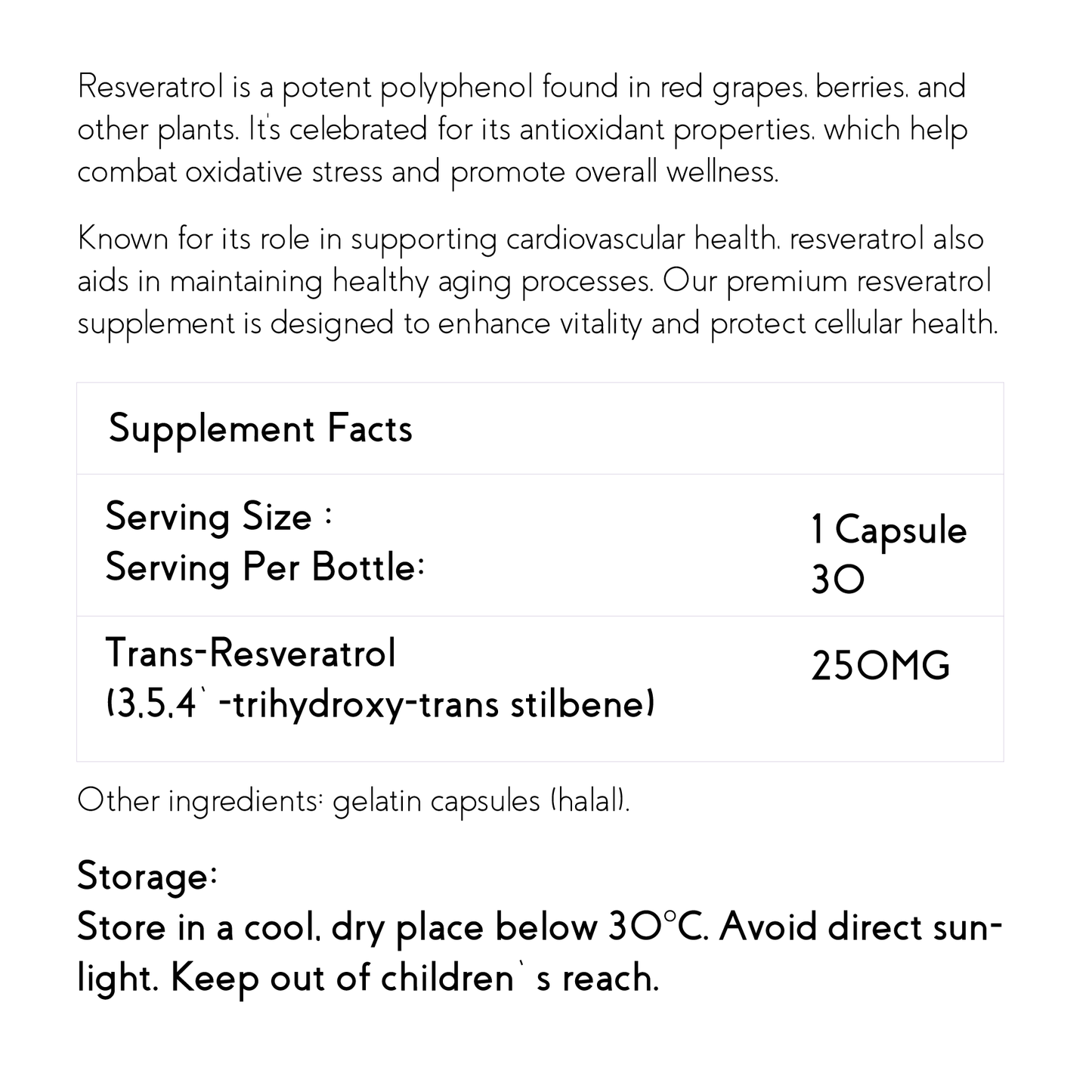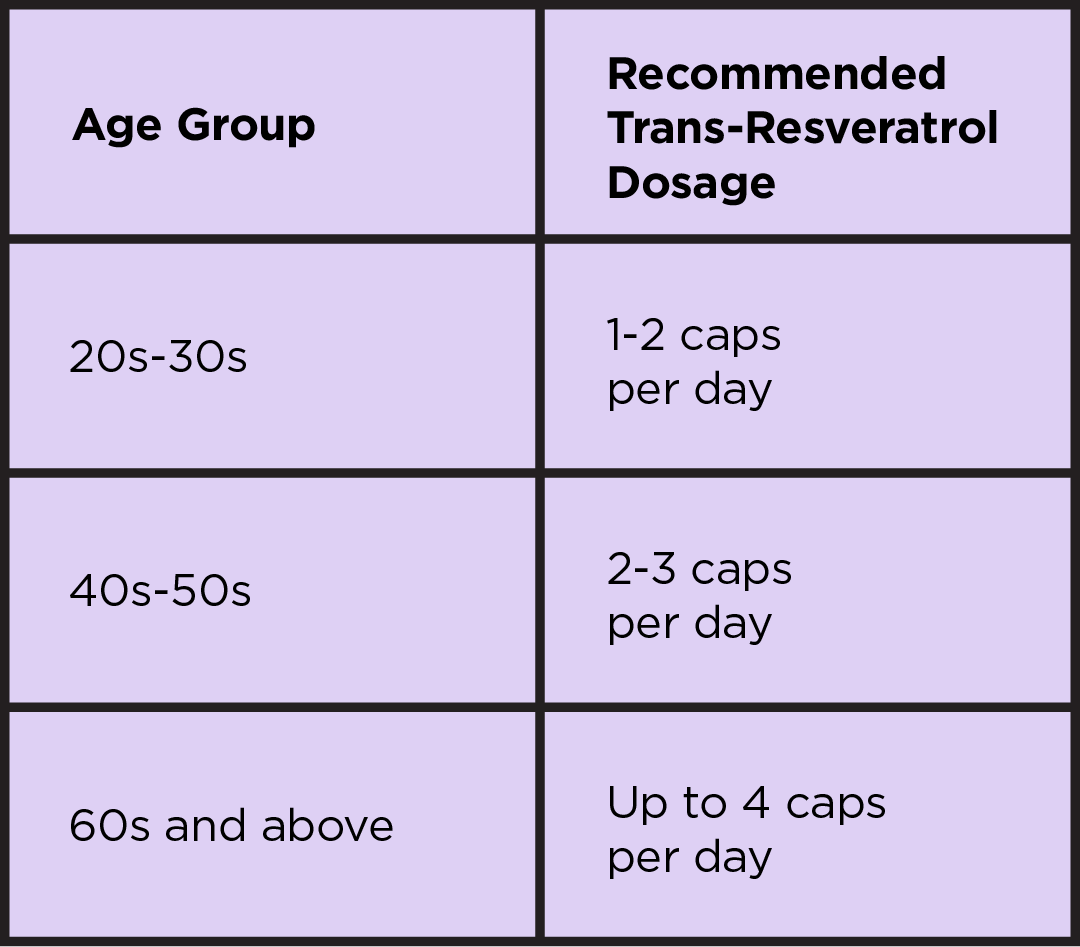Title: Study Finds Mitochondrial-Targeted Drugs May Help Reverse Aging Effects on Heart Proteins
Introduction: A recent study has investigated the effects of aging on protein abundance and acetylation in mouse hearts. The researchers used two drugs, elamipretide and nicotinamide mononucleotide (NMN), which target mitochondria, to determine if they could reverse the changes associated with aging.
Mitochondrial Dysfunction and Aging
As cells age, the composition of proteins and post-translational modifications (PTMs) can change, leading to various age-related effects. The heart is particularly susceptible to these changes, which can result in cardiac dysfunction. One common PTM observed in aging is the non-enzymatic acetylation of lysine residues in mitochondrial proteins.
Effects of Elamipretide and NMN on Protein Abundance and Acetylation
The study examined protein abundance and acetylation in mouse hearts treated with elamipretide or NMN for 8 weeks. Both drugs had a modest effect in restoring the abundance and acetylation of proteins affected by aging. The researchers found that age-related increases in protein acetylation were mainly observed in mitochondrial pathways related to mitochondrial dysfunction, oxidative phosphorylation, and TCA cycle signaling.
Association Between Protein Changes and Heart Function
The study also assessed how these age-related protein changes were associated with heart function measurements, specifically diastolic function (Ea/Aa) and systolic function (fractional shortening under higher workload) measured through echocardiography. The results identified a subset of proteins involved in muscle, mitochondrial, and structural regulation, which play a crucial role in regulating diastolic function in old hearts.
Implications and Future Research
The study's findings suggest that mitochondrial-targeted drugs like elamipretide and NMN could be used to restore cardiac function in aged hearts. However, further research is needed to understand the optimal dosage and potential synergy between these two drugs. The study provides new insights into the proteomic modifications associated with cardiac aging and identifies potential targets for age-related heart disease treatment.
Study Design and Methods
The experiment used male C57BL/6 mice, with old mice randomly assigned to control, elamipretide, NMN, or combined treatment groups. The drugs were administered through osmotic minipumps or ad libitum drinking water. Heart tissue was collected and analyzed for protein abundance and acetylation using mass spectrometry. Echocardiography was conducted to assess cardiac function, and association analysis was performed to link proteomic changes to functional changes induced by the drugs.
Supplementary Information and Funding
The online version of the study contains supplementary material, including three files providing additional data and information related to the study. Funding for the research was provided by various sources, including NIH grants and the UW Nathan Shock Center, and elamipretide was provided by Stealth Therapeutics.
Declaration of No Competing Interests
The authors declare no competing interests, ensuring transparency and credibility in the research and publication.
Publisher's Note: The publisher, Springer Nature, remains neutral regarding jurisdictional claims and institutional affiliations.
In conclusion, this study sheds light on the effects of aging on heart proteins and the potential of mitochondrial-targeted drugs to reverse age-related changes. The findings provide new insights into the mechanisms underlying cardiac aging and suggest potential strategies for combating age-related heart disease.
Title of paper: Age-related disruption of the proteome and acetylome in mouse hearts is associated with loss of function and attenuated by elamipretide (SS-31) and nicotinamide mononucleotide (NMN) treatment
Author(s): Whitson JA, Johnson R, Wang L, Bammler TK, Imai SI, Zhang H, Fredrickson J, Latorre-Esteves E, Bitto A, MacCoss MJ, Rabinovitch PS.
Year published: 2022
Published in: Geroscience
Original article can be found here.














